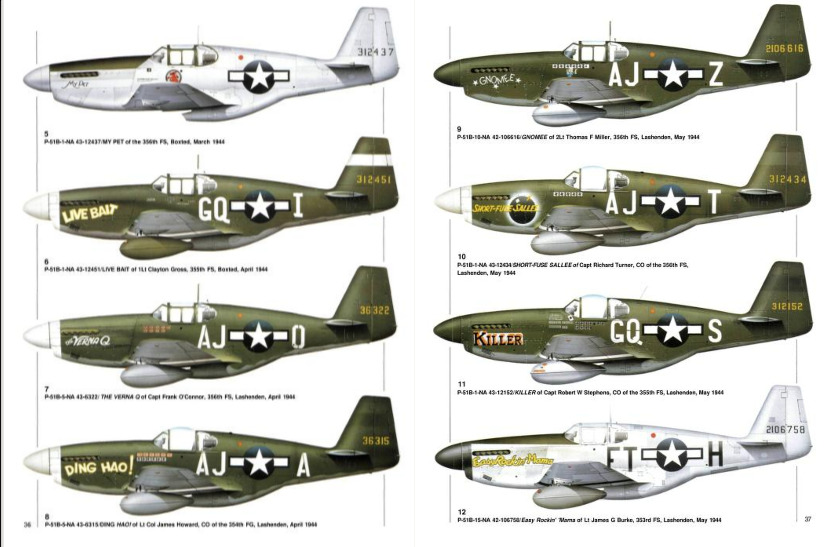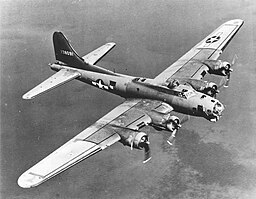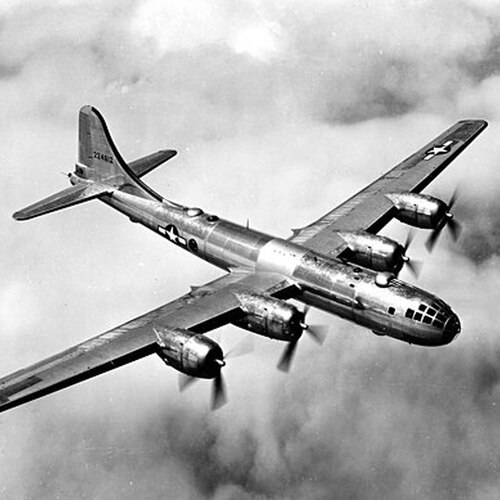United States
P-51 Mustang
The P-51 Mustang is as a testament to American ingenuity and adaptability, playing a critical role in the Allied victory of World War II. Originally developed by North American Aviation, the Mustang reached new heights as a result of collaboration with British engineers who fitted it with the Rolls-Royce Merlin engine. This powerful engine gave the Mustang unparalleled high-altitude performance and operational range. By mid-1943, the Merlin-powered P-51s in production were equipped with detchable fuel tanks that extended their range to over 1,600 miles (2,500 km).
The P-51’s first long-range bomber escort missions over Germany began in December 1943. By March 1944, they demonstated an advantage over Germany’s premier fighters, the Me-109 and Fw-190. The Mustang was an excellent fighter plane, with its vast range, high speed (440 mph), and powerful weaponry, as it was equipped with six 12.7mm machine guns. Such capability allowed it to complete missions deep into German territory and provide vital protection to Allied bombers.
The Mustang’s adaptability extended beyond escort missions. Specialized versions like the F-6 Mustang were used in reconnaissance missions, which were required to be conducted at high speeds, and low altitudes.
However, despite its strengths, the Mustang also posed technical challenges. Its liquid-cooled Merlin engine was vulnerable to damage, making it less suited for ground attack compared to the durable P-47 Thunderbolt. Nevertheless, its contributions to air superiority and bomber escort were essential to the Allied war effort, especially the United States.
In conclusion, the P-51 Mustang, renowed by veterans for its performance and range of use, remains one of the most iconic aircraft of World War II as a symbol of technological innovation and strategic victory.
B-17 Flying Fortress
The B-17 "Flying Fortress" is another iconic aircraft developed by the United States during World War II, first entering production in 1937 and receiving numerous upgrades throughout the war. A four engine bomber, the B-17 required a 10 person crew and was capable of delivering explosive payloads of between 4,000 and 8,000 pounds and was outfitted, in its signature 1943 edition, with 13 0.5-caliber turrets for defense against enemy aircraft. Initially, it had less turrets but it proved vulnerable to enemy fighter planes during the early stages of its deployment. To further limit the danger, the B-17 usually flew with an escort squadron of P-51 Mustangs.



